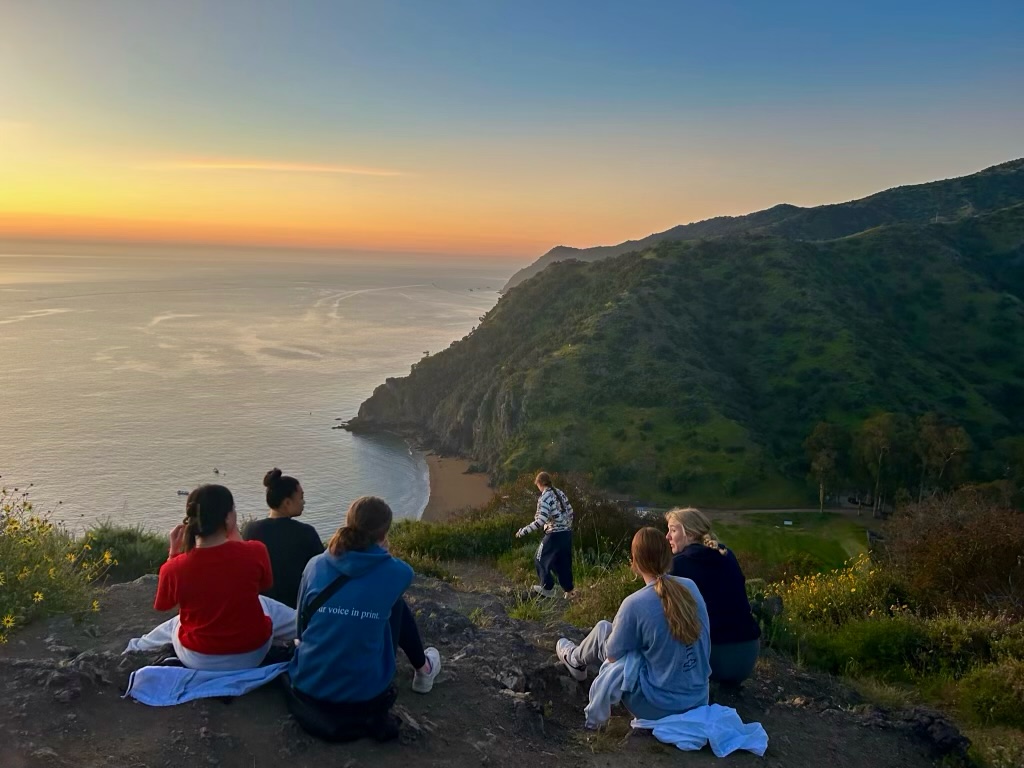Popol Vuh is the creation story and the epic quest tale of the Mayan people. Scholars, who translated it into prose, have only translated it twice. Mike Bazzett, will be first in the world to translate Popol Vuh into verse, taking the project under his wing during the second semester. “The Mayan’s literature and religion were the same thing,” says Mr. Bazzett. He claims their creation story to be similar to ‘The Lord of the Rings,’ telling an epic tale of two hero twins. Alongside this quest, the creation of humans out of corn and blood were the most prominent features of The Book of the People (a literal translation of Popol Vuh.) The Popol Vuh was originally a collection of stories told orally from person to person, until they were written down. When the Spanish conquistadors came, they burned as many copies of it as they could, for Christianity was the only ‘acceptable’ religion. Luckily for us, some of them survived.
“Last summer, I had a hersey sabbatical [trip awarded to 3 faculty members who display excellent teaching effectivness]. I went down to one of the most remote areas of Mexico, Chiapas.” The traditional language, K’iche, is spoken by 7% of the population. It is also the original language in which the Popol Vuh was written in. In order to translate this ancient book, Bazzett “listened for the rhythms of the language.”In June, he spent a couple of weeks in the countryside. “I also wanted to see the land scape”, he said when recounting the trip. The landscape of Mexico was described in the Popol Vuh, with particular emphasis on the thickness of the forest and the lushness of the natural landscape.
Once school started again, the translation work was put to the side for lesson plans and poems. For Mike Bazzett, this next semester will be home to mornings of careful translation, and afternoons of research. He predicts that the finished translation will be around 100 pages long. The first five pages are going to be published in a literary Journal, the ‘Southern Humanity View’.






